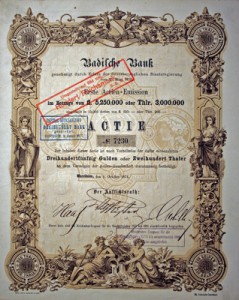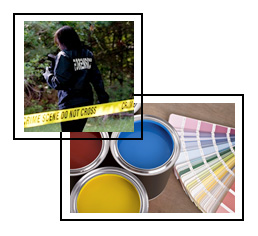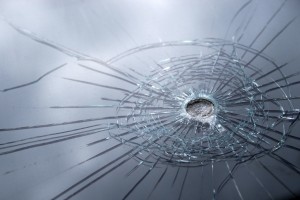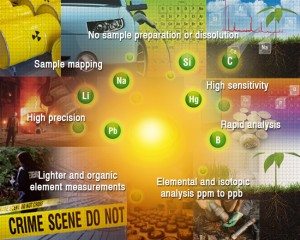Up and Coming Forensics Tools for Processing Trace Evidence
Forensic Science Applications of Laser Ablation (LA-ICP-MS) and Laser Induced Breakdown Spectroscopy (LIBS) in Crime Labs
In a world where crime labs are under intense scrutiny, it’s up to the scientific community to give forensic analysts tools that produce scientifically valid results while reducing the potential for mistakes. Justice needs results that will withstand scientific inquiry, time, and courtrooms. Technology vetted in the scientific world is helping investigators understand crime scenes and identify suspects by analyzing trace evidence, such as glass, paint chips, hair, soil particles, ink, and narcotics sources.
Analyzing trace evidence samples quickly and accurately adds a new level of scientific validity to criminal cases. Two tools that crime labs are increasingly adding to their kits are Laser Ablation Inductively Coupled Plasma Mass Spectrometry (LA-ICP-MS) and Laser Induced Breakdown Spectroscopy (LIBS).
The Sacramento County Crime Lab, who received accreditation from the American Society of Crime Lab Directors/ Laboratory Accreditation Board in 2013, is one of the few labs using an Applied Spectra Tandem LA – LIBS instrument that performs both LA-ICP-MS and LIBS measurements in their lab.
 In many criminal cases, being able to determine the composition or origin of trace evidence can rule out suspects or lead to the correct perpetrator. In the case of counterfeit documents, knowing the elemental composition of ink or paper could prove whether a document is authentic or forged.
In many criminal cases, being able to determine the composition or origin of trace evidence can rule out suspects or lead to the correct perpetrator. In the case of counterfeit documents, knowing the elemental composition of ink or paper could prove whether a document is authentic or forged.
LA and LIBS instruments, manufactured by Applied Spectra, use laser ablation, a technique where a laser is fired at a sample to ionize a tiny amount of sample and produce a plasma. The light emitted from this plasma can be analyzed to determine the presence and concentration levels of elements in the periodic table — a technology known as LIBS. LA also creates nanoparticles that can be readily swept into a secondary source for ICP-MS analysis (LA-ICP-MS).
Both LIBS and LA-ICP-MS provide elemental composition information at concentration levels that allow significant sample discrimination among tiny samples with limited mass.
These techniques require little to no sample preparation and typically consumes less than 100’s µg for analysis, so precious samples are not completely destroyed. This allows for repeated tests as needed. Sensitivity down to ppb level provides criminologists with the scientific information to determine how trace evidence could relate to each case. Results are fast, seconds for LIBS and just a few minutes for LA-ICP-MS, which could help speed up processing the backlogs of samples in so many labs.
Types of physical evidence that are examined with LA-ICP-MS and LIBS
- Glass identification
- Paint chips (depth of profiling layers)
- Paper and inks – questioned documents
- Hair
- Tapes
- Gunshot residue
- Sources of narcotics
- Soil particles
- Fibers
Types of forensic cases
- Homicide
- Hit and run
- Burglary
- Counterfeiting
With many supposedly tried and true forensic analysis methods, such as bloodstain pattern analysis and ballistics, in question, new scientifically proven tools including LA-ICP-MS and LIBS will contribute a steadying influence to criminal investigations.




